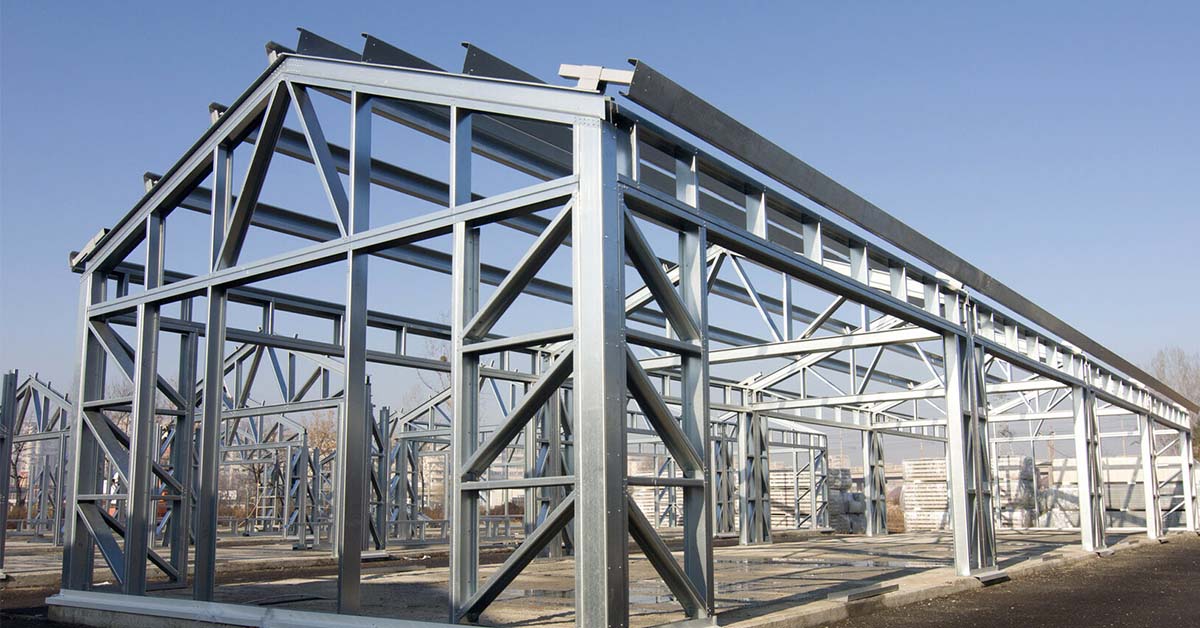GEM Engserv Pvt. Ltd is an ISO 9001:2015 certified organization, certified by TUV India in accreditation with National Accreditation Board for Certification Bodies (NABCB).
GEM Engserv Pvt. Ltd is an ISO 9001:2015 certified organization, certified by TUV India in accreditation with National Accreditation Board for Certification Bodies (NABCB).

Housing is a basic need of human beings and explorations related to housing construction technologies, methods, materials, cost and quality have always been important issues capturing attention of both the constructors and buyers. A long-time objective of the house building industry has been to provide high quality, low-cost homes for quick assembly with a minimum of on-site labour.
In the context of India, at the time of independence, the traditional and most common type of building construction was load-bearing type of structure using brick or stone masonry. With the advancement in concrete technology, the load bearing masonry was replaced by R.C.C. framed construction. The walls continued to be made using brick masonry. Use of structural steel in framed construction was limited to commercial structures and in specials cases, mostly due to the high cost of construction. Use of bricks in the wall was gradually replaced by concrete blocks (both solid and hollow) and more recently Autoclaved Aerated Concrete (AAC) blocks. Use of Aluminium formwork (commonly known as Mivan form) created a structure which uses concrete both as a structural frame and in walls. The Mivan technology has gained popularity in high rise construction which permits a large number of repetitive uses of the costly formwork.
All these types of construction involve considerable work at site which is highly labour intensive. In mass housing projects, the time take for construction plays an important role in the financing cost of the project. Construction professionals have therefore been on the look out for technological solutions which fulfil the time-cost-quality triad that we often hear in the context of successful project management.
Amongst a variety of technological alternatives, use of Light gauge Structural Steel Frame (LGSF) is a promising alternative. As the name suggests, LGSF technology involves use of structural steel elements made from thin sheets (light gauge). The structural elements can be easily screwed or nailed together to create any complex skeleton/frame of the structure. The LGSF technology has the following components:
Thus, except for the skeleton or the frame, a number of permutations are available to suit the budget, speed of construction and availability of materials locally.

This system offers the following advantages over the conventional RCC beam-column-slab system or RCC wall-slab system:
"LGSF technique has some very specific use cases which limits its adoption. More importantly, for this technique to be extensively utilised, the construction industry (consultants, contractors and suppliers) needs to value speed over cost."
While this technology has been well established in China, where it has been used to construct multi-story structures, its use in India is relatively less known. Dry wall technology It has immense potential to be adopted in the following structures / situations:
We at Gem Engserv have experimented with LGS technology and have the confidence to add value to any project that plans to deploy this technology.